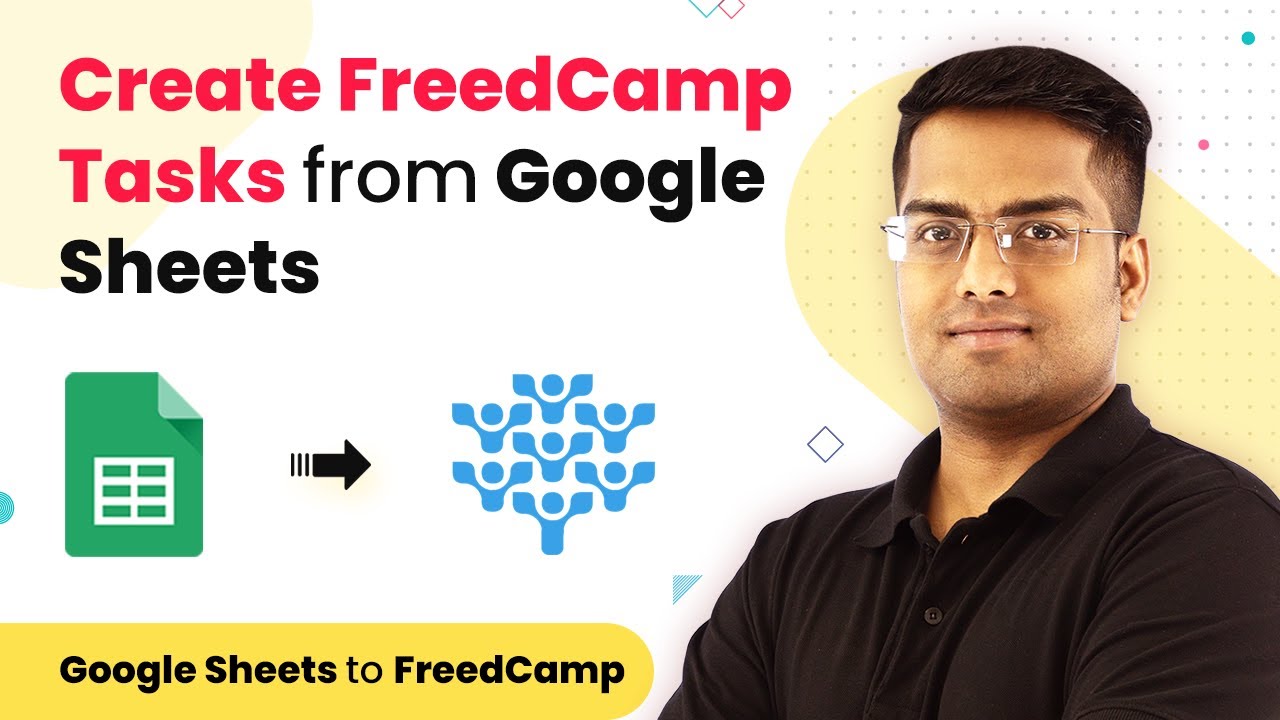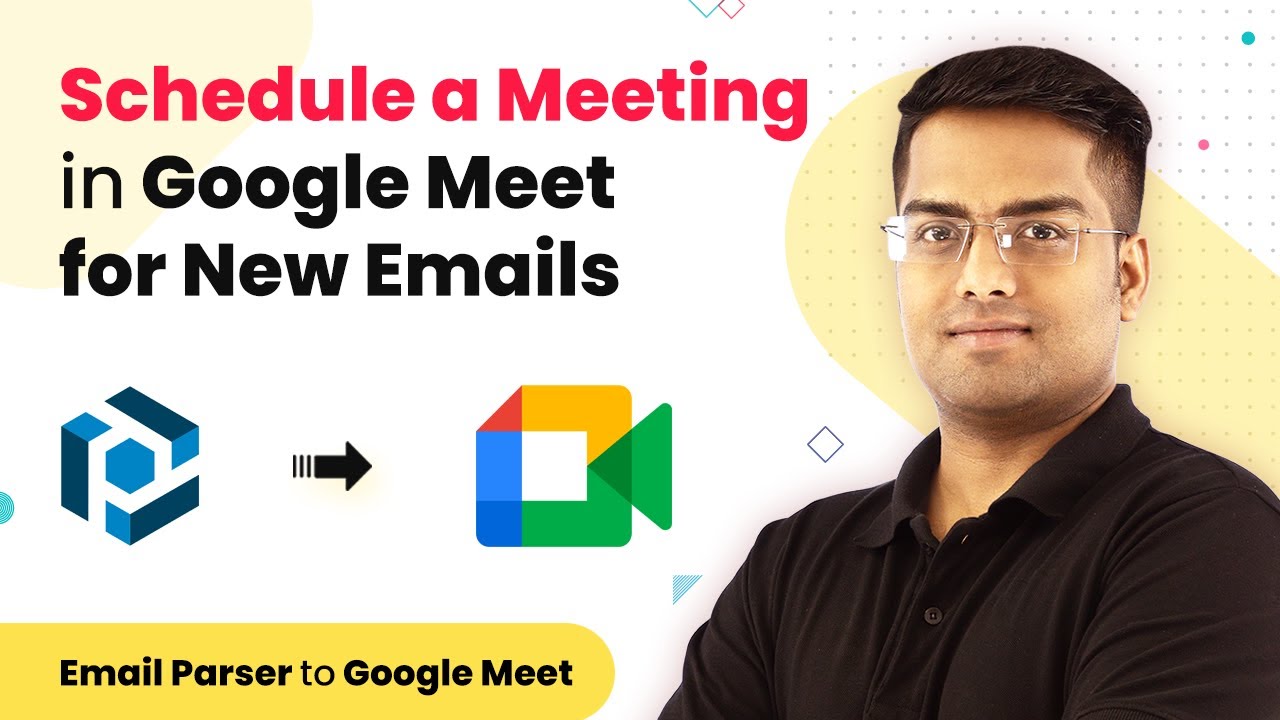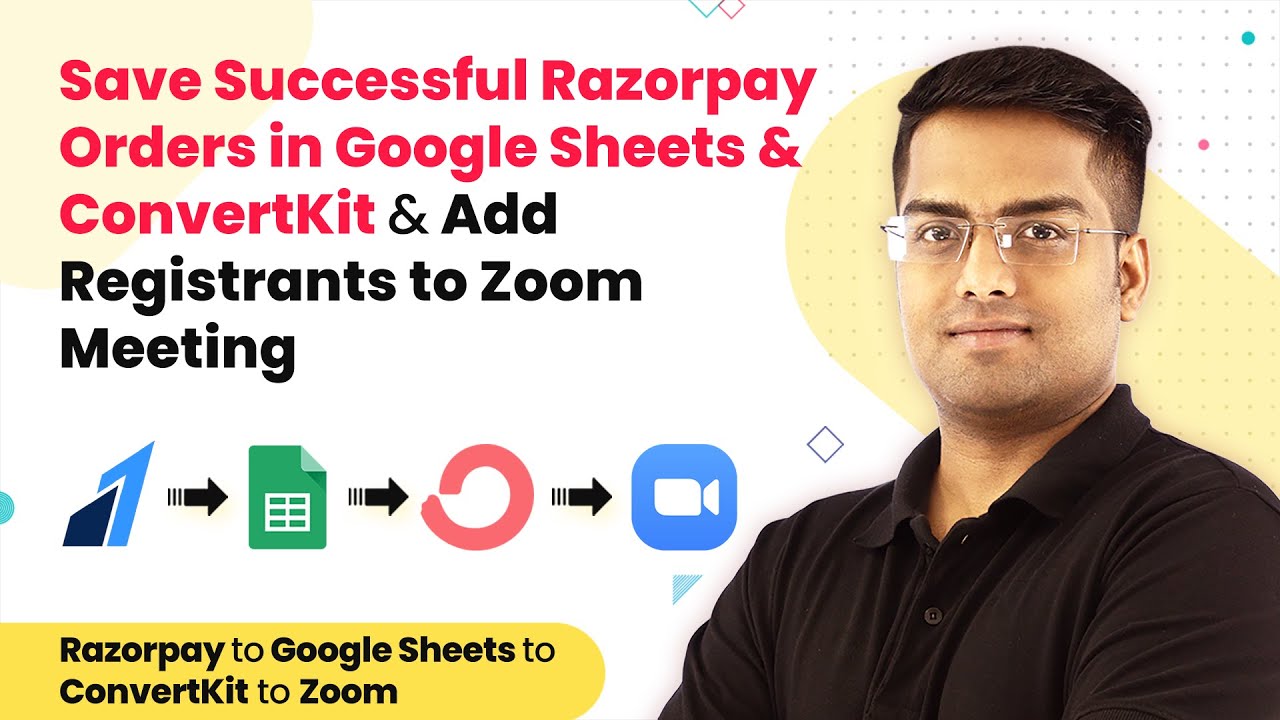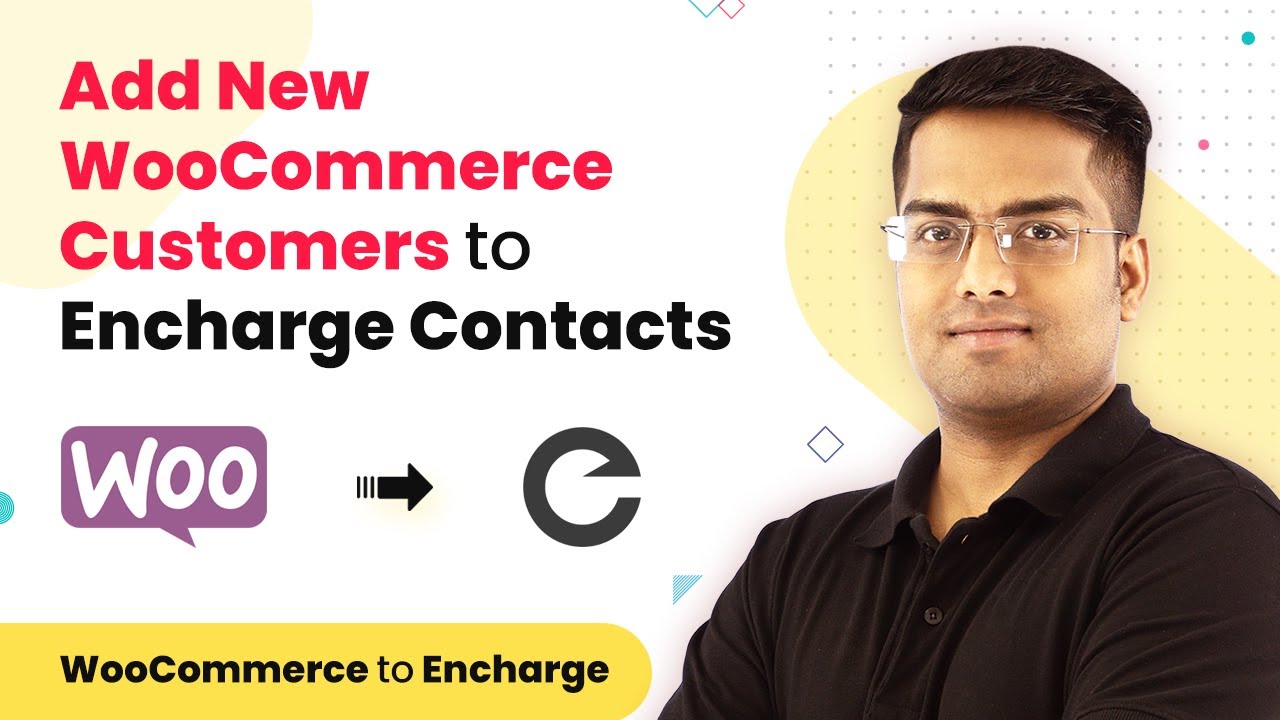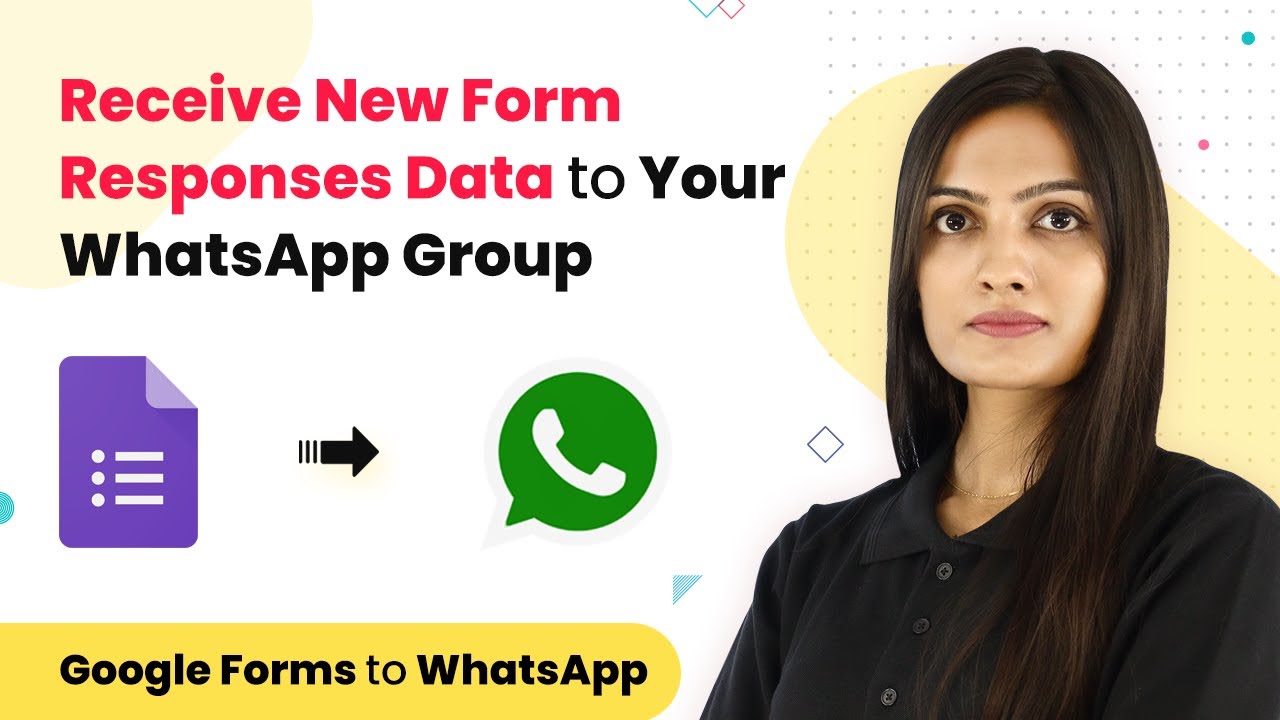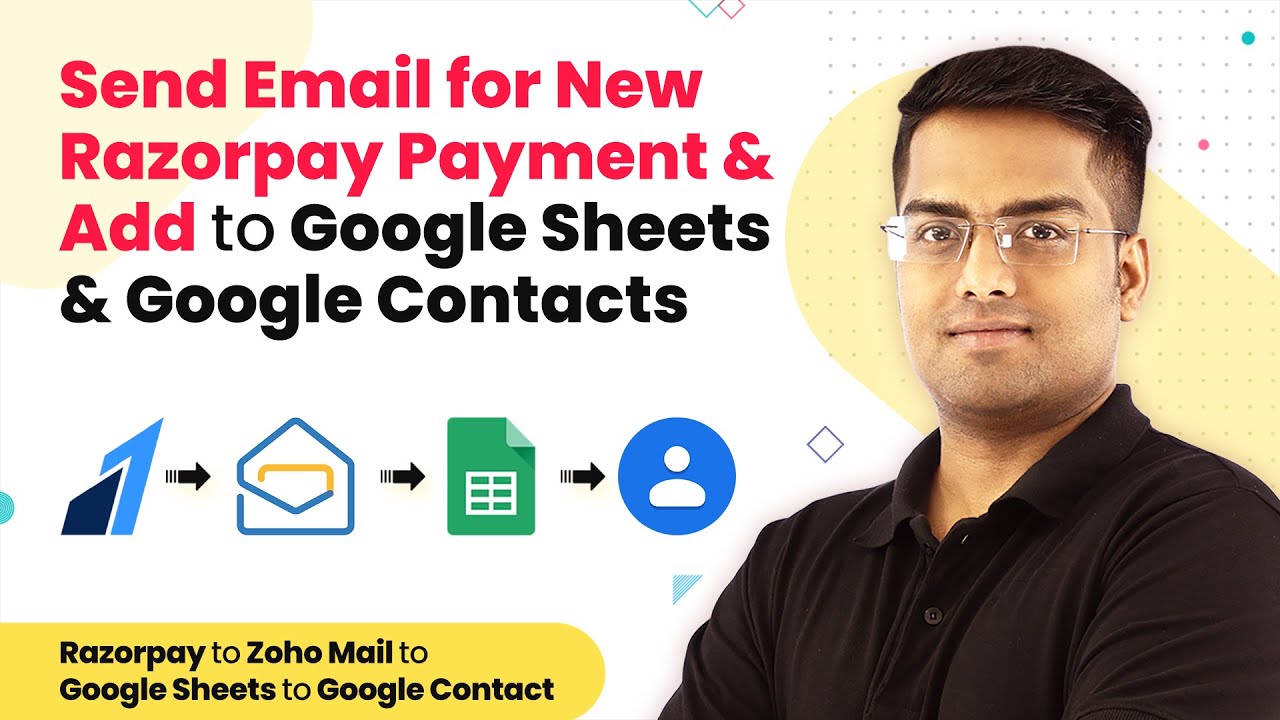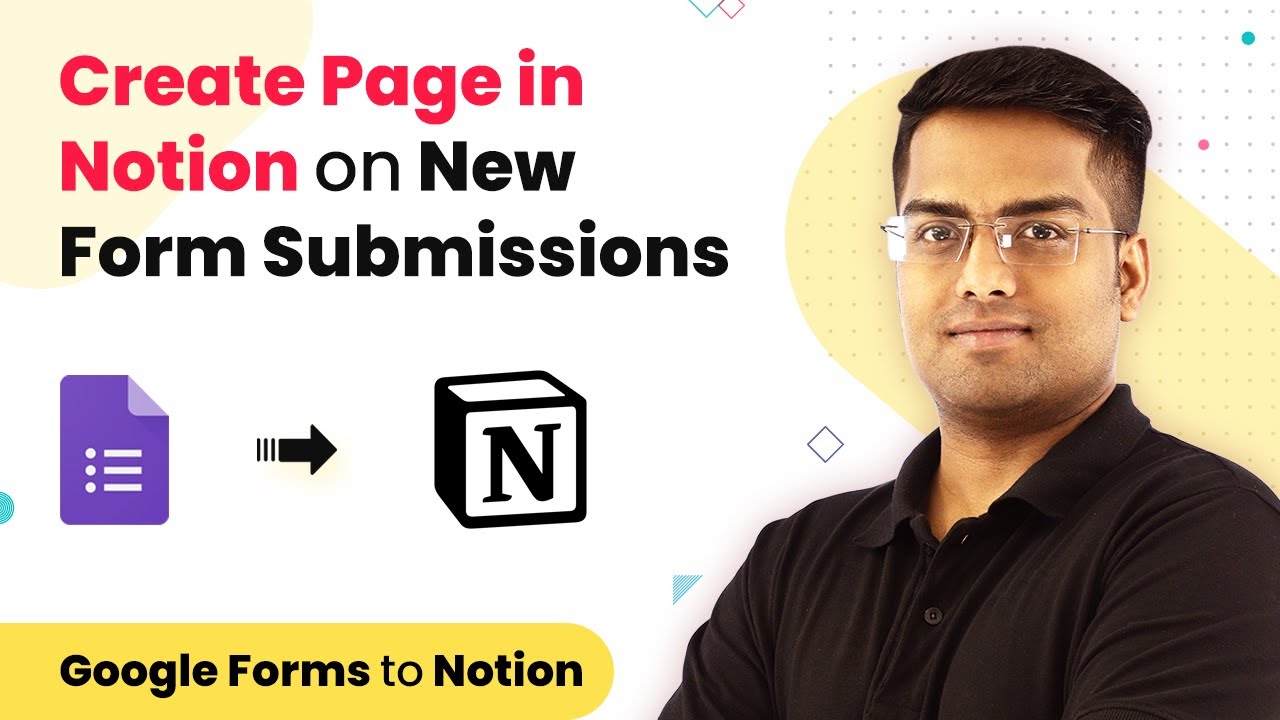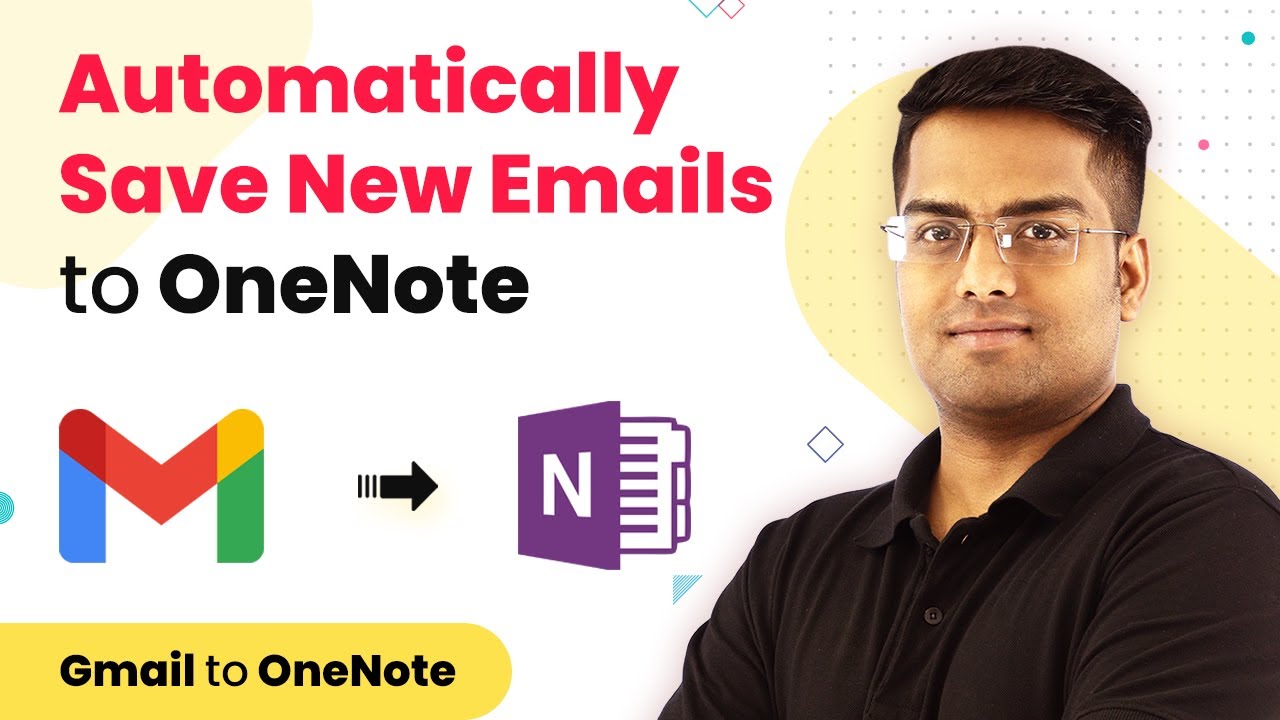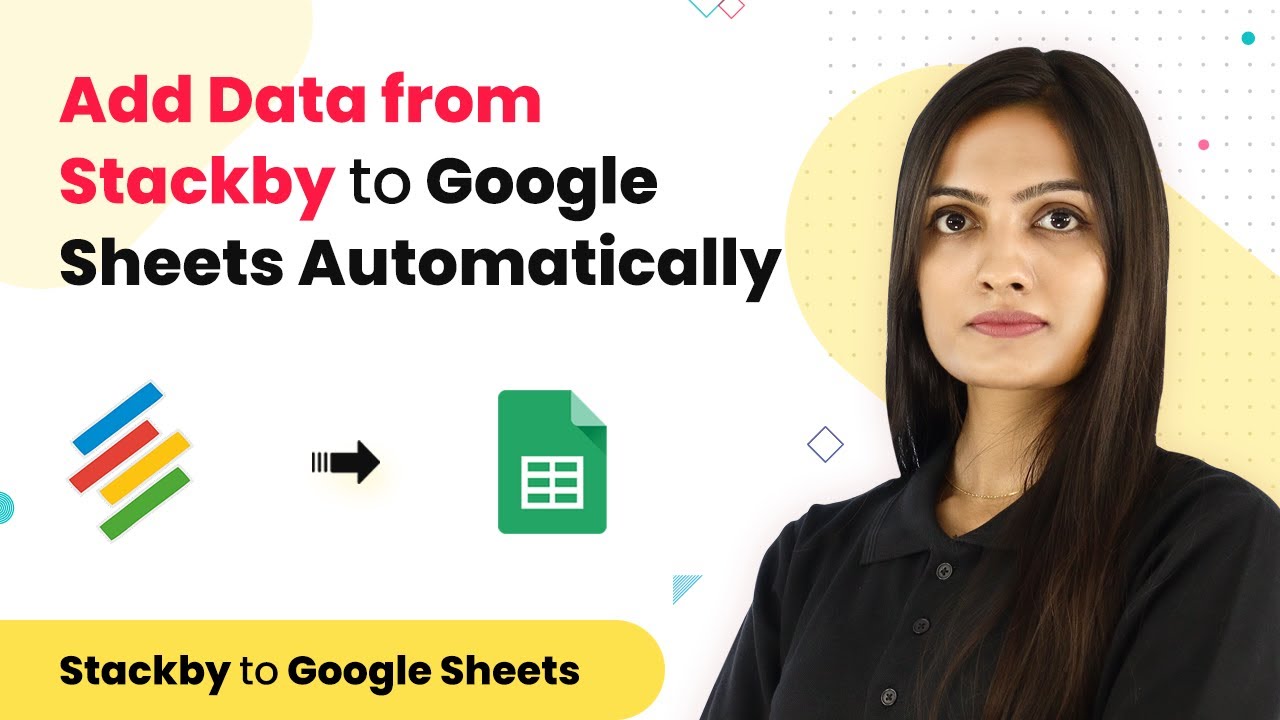Learn how to automate task creation in FreedCamp from Google Sheets using Pabbly Connect. Step-by-step guide to streamline your workflow. Follow this definitive guide to creating powerful automated workflows with straightforward, efficiency-focused solutions that save valuable time.
Watch Step By Step Video Tutorial Below
Accessing Pabbly Connect for Integration
To begin integrating Google Sheets with FreedCamp, first access Pabbly Connect. This platform acts as the central hub for automating workflows between different applications. Log in to your Pabbly Connect account and navigate to the dashboard.
Once you’re on the dashboard, you can create a new workflow. Click on the ‘Create Workflow’ button and name your workflow appropriately, such as ‘Google Sheets to FreedCamp Tasks.’ This will help you easily identify the integration later.
Setting Up Google Sheets Trigger in Pabbly Connect
The next step involves setting up Google Sheets as the trigger application in Pabbly Connect. Select Google Sheets from the list of applications and choose the trigger event, such as ‘New Spreadsheet Row.’ This event will activate the workflow whenever a new row is added to your specified Google Sheet.
After selecting the trigger, you will need to connect your Google Sheets account. Click on ‘Connect’ and authorize Pabbly Connect to access your Google Sheets. Once connected, choose the specific spreadsheet and worksheet you want to monitor for new rows.
Configuring FreedCamp Action in Pabbly Connect
Now that you have set up Google Sheets as the trigger, it’s time to configure FreedCamp as the action application in Pabbly Connect. Select FreedCamp from the application list and choose the action event, such as ‘Create Task.’ This setup allows you to automatically create a new task in FreedCamp whenever a new row is added to your Google Sheet.
Connect your FreedCamp account by clicking on ‘Connect’ and entering your FreedCamp API key. After successful connection, map the fields from Google Sheets to FreedCamp. For instance, map the task name from the Google Sheets row to the task title in FreedCamp. Ensure all necessary fields are filled correctly for the task creation.
Testing and Activating Your Integration
With both the trigger and action configured, it’s essential to test your integration in Pabbly Connect. Click on the ‘Test’ button to send sample data from Google Sheets to FreedCamp. This step ensures that the integration works correctly and the task is created as expected in FreedCamp.
If the test is successful, you will see the new task reflected in your FreedCamp account. Once confirmed, don’t forget to activate your workflow by toggling the switch to ‘On’. This will enable the automation, allowing new tasks to be created automatically from Google Sheets entries.
Conclusion
Integrating Google Sheets with FreedCamp using Pabbly Connect streamlines your task management process. By following the steps outlined, you can automate task creation effortlessly, enhancing productivity and efficiency in your workflow.
Ensure you check out Pabbly Connect to create business automation workflows and reduce manual tasks. Pabbly Connect currently offer integration with 2,000+ applications.
- Check out Pabbly Connect – Automate your business workflows effortlessly!
- Sign Up Free – Start your journey with ease!
- 10,000+ Video Tutorials – Learn step by step!
- Join Pabbly Facebook Group – Connect with 21,000+ like minded people!
